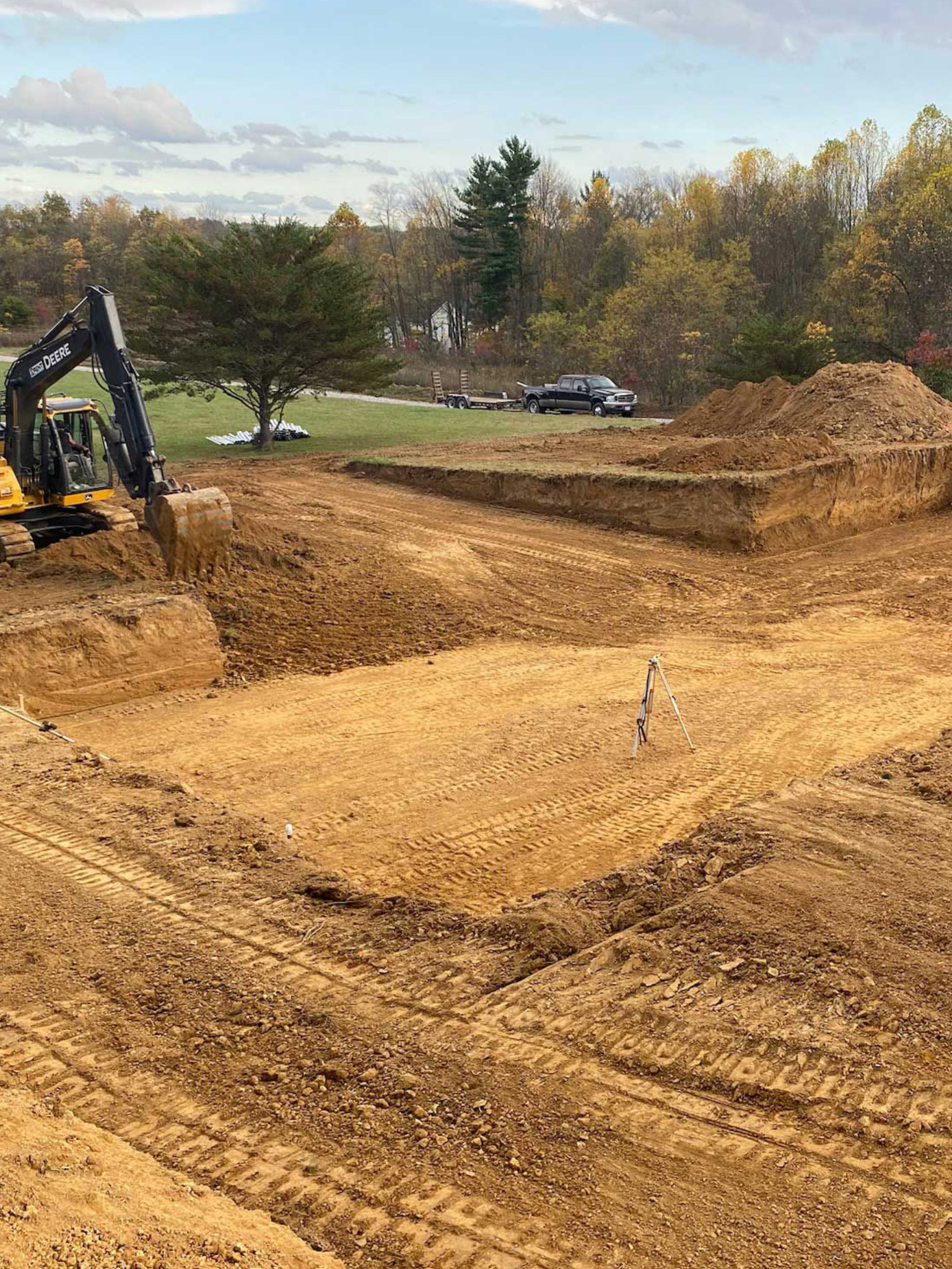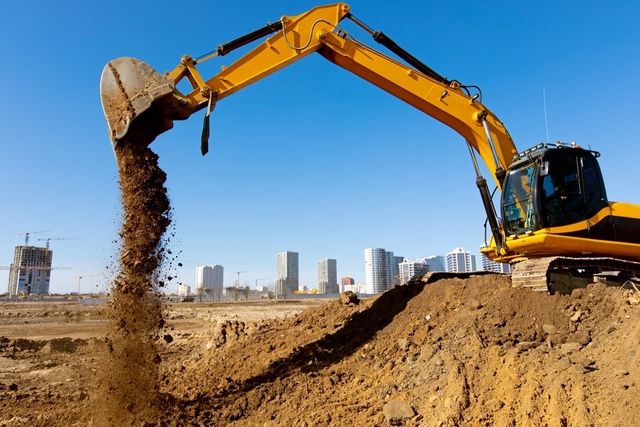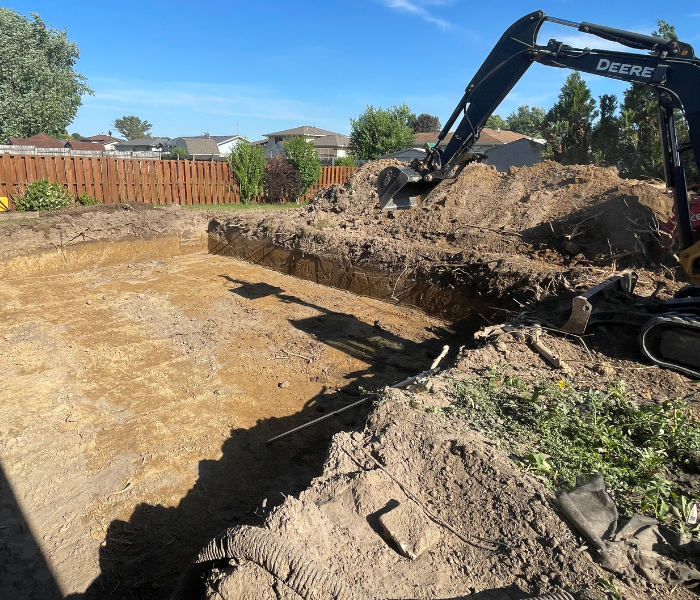Specialist Septic Ohio - Relied On Septic Tank Specialists in Ohio
Introducing the Art of Excavation: Pro Tips for Safe and Efficient Digging
In the realm of excavation, the mastery of productive and secure excavating is an art kind that calls for understanding, adherence, and precision to recognized practices. As dirt is transformed and earth is relocated, the details of excavation expose themselves, demanding an eager understanding of devices, soil make-up, security protocols, and ecological considerations. The expertise required to navigate these components effectively can suggest the distinction in between a successful excavation task and a prospective catastrophe. By unraveling the layers of this detailed procedure, a world of methods and insights waits for those seeking to boost their excavation skills to brand-new elevations.
Relevance of Correct Equipment
To make certain the safety and security and performance of any type of excavation task, making use of the appropriate devices is extremely important. The right tools not just boost efficiency yet likewise minimize threats associated with excavating. Excavation tasks differ in scope and complexity, ranging from little household landscaping jobs to massive building and construction tasks. No matter the task dimension, having the correct equipment can make a considerable distinction in the end result.
These flexible devices come in various dimensions to match different task needs. Mini excavators are optimal for smaller sized jobs, while larger excavators take on much more comprehensive tasks efficiently.
Besides excavators, various other important equipment includes dump trenchers, trucks, and excavators. Discard vehicles are vital for eliminating and delivering excavated materials, while plates are used for digging slim and deep trenches. Bulldozers master jobs that need pushing huge quantities of dirt or particles. By purchasing the proper equipment, excavation jobs can be completed securely, promptly, and with precision.
Understanding Soil Structure
A comprehensive understanding of dirt composition is essential for executing excavation tasks with precision and safety and security. Comprehending the different kinds of soil is vital as it directly influences excavation techniques, equipment choice, and general task performance. Soil structure commonly is composed of 4 main elements: sand, silt, clay, and organic matter. Each component has distinct residential or commercial properties that influence just how soil reacts to excavation processes.
Silt fragments are smaller than sand but bigger than clay, using moderate drainage and cohesion. Organic matter, such as rotting plant material, affects dirt fertility and security.
Before beginning excavation, performing dirt tests to establish its composition and qualities is crucial. This information aids in choosing the appropriate equipment, executing precaution, and creating excavation techniques customized to the particular soil problems - dump truck companies in ohio. By recognizing dirt structure, excavation specialists can enhance project end results while ensuring safety and security and adherence to ideal practices
Precaution and Protocols
Understanding dirt composition is the keystone whereupon precaution and methods for excavation projects are developed, guaranteeing the wellness of employees Recommended Reading and the success of the venture. When it involves safety throughout excavation, there are a number of Get More Information vital actions that need to be executed to minimize risks and avoid mishaps.
Most importantly, prior to any digging begins, an extensive examination of the website should be carried out to identify any type of prospective threats such as underground utilities, unstable dirt conditions, or neighboring frameworks that could posture a threat. It is crucial to have a proficient individual supervise the excavation process to ensure that all safety protocols are adhered to strictly.
Furthermore, all employees entailed in the excavation should be appropriately educated in risk-free digging practices and the proper operation of equipment. By adhering to these safety and security measures and procedures, excavation tasks can be completed successfully and without occurrence.
Reliable Excavation Planning
When getting started on an excavation project, precise planning original site is crucial to make sure efficiency, security, and effective outcomes. Reliable excavation planning includes several crucial steps that are vital for the smooth execution of the task.
Once the site analysis is complete, the next action is to develop a clear timeline and timetable for the excavation tasks. This consists of determining the sequence of jobs, tools requirements, and manpower appropriation. Proper scheduling helps prevent delays and ensures that the job remains on track.

Moreover, communication among all staff member is paramount during the planning phase. Clear regulations, routine updates, and effective sychronisation are important for a successful excavation job. By spending time and initiative in precise planning, excavation groups can substantially boost efficiency, lessen dangers, and achieve effective results.

Managing Ecological Considerations
With increasing focus on environmental sustainability in construction techniques, managing ecological considerations has actually ended up being a vital facet of excavation projects. Excavation activities have the possible to influence the surrounding atmosphere via dirt disintegration, sediment runoff, habitat disturbance, and contamination of water sources. To alleviate these threats, it is vital to apply best techniques that focus on environmental management.

Moreover, appropriate waste administration is critical to prevent dirt and water contamination. Applying procedures for the disposal of unsafe products, recycling of waste materials, and minimizing the use of damaging chemicals can considerably lower the ecological impact of excavation projects. By integrating these techniques into excavation planning and implementation, building and construction business can guarantee that their projects are not just risk-free and productive but also environmentally responsible.
Verdict
In conclusion, understanding the art of excavation calls for a detailed understanding of appropriate devices, dirt structure, precaution, and effective preparation. By complying with these guidelines and considering ecological variables, excavations can be carried out securely and effectively. It is important to focus on security and productivity in every excavating project to make certain successful end results.
As soil is transformed and earth is relocated, the ins and outs of excavation reveal themselves, requiring a keen understanding of devices, dirt structure, safety and security procedures, and ecological considerations.To ensure the security and efficiency of any type of excavation project, utilizing the proper equipment is vital.A comprehensive grasp of dirt structure is essential for performing excavation tasks with precision and security. Comprehending the different kinds of dirt is essential as it straight influences excavation methods, devices option, and overall job performance. By understanding dirt make-up, excavation professionals can improve job end results while guaranteeing security and adherence to ideal practices.